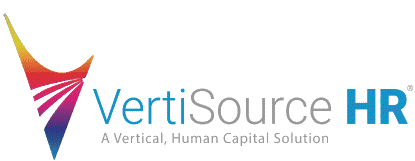The Secure Act 2.0 contains several amendments that help improve the retirement system and the financial preparedness of Americans for retirement.
The law continues earlier legislation that increased the age at which retirees are required to take Required Minimum Distributions (RMDs) and allowed workplace savings plans to offer annuities. This culminated years of discussion aimed at boosting retirement savings via employer plans and Individual Retirement Accounts.
Other changes include encouraging young people to continue saving as they pay off their student loans, making it easier for people to transfer accounts from one employer to another, and saving money in retirement accounts to cover emergencies.
Changes Made for Individuals Nearing or In Retirement
RDM Changes
The required minimum distributions have changed a bit. In January 2023, the age to begin them was raised to 72, and it will be raised to 75 in 2033.
This is great news if you do not need to access your retirement accounts. You will have more time to build your nest egg. Also, the penalty for failing to take an RMD has been reduced from 50% to only 25%. If you correct your mistake within 2 years, the penalty will be 10%. Additionally, this year, RMDs were abolished for Roth 401(k) accounts during the participant’s lifetime.
Higher Catch-Up Contributions
Those age 50 or older can make a $7,500 catch-up contribution to a workplace plan.
Starting in January 2025, those between the ages of 60 and 63 can make catch-up contributions of up to $10,000 annually. And in 2026, if you’re 50 or older and earn more than $145,000, all catch-up contributions to a workplace plan will need to be made to a Roth account in after-tax dollars.
Matching for Roth Accounts
Employers are allowed to make matching contributions to their employees’ Roth 401(k)s. However, the matches have been with pretax dollars. Now, with Secure Act 2.0, employers can make direct matching contributions. This means the money will grow tax-free.
QCDs
QCDs, or qualified charitable contributions, are direct fund transfers from IRAs to qualified charities. In 2023, people 70 or older could elect a one-time gift of up to $50,000 that pays a fixed percentage for life. This will be adjusted annually to account for inflation.
Changes Made for Individuals Not Close to Retirement
Automatic Enrollment for 401(k)
Starting in 2025, employers that start a new 401(k) or 403(b) plan must also automatically enroll eligible employees at a rate of at least 3%. The law also permits retirement plan service providers to offer plan sponsors the option of transferring employees’ low-balance retirement accounts to a new plan when they change jobs.
Companies with less than three years in business or with ten or fewer employees are excluded from this.
Emergency Distributions
At the beginning of 2024, employers could offer non-highly compensated employees (NHCEs) the option to link their retirement plan to an emergency savings account. Contributions are $2,500 annually, and the first four withdrawals in a year are tax- and penalty-free.
Matching Student Loans
With the Secure 2.0 Act, employers can match employee student loan payments. These payments are made to a retirement account, which gives workers more incentive to pay off their debts.


